MARKET OVERVIEW
The Aircraft Engine Seals market is highly imperative in ensuring the performance, reliability, and safety of aircraft engines within the aerospace industries. Aircraft engine seals are among the most important components that avoid the leakage of fluid, maintaining pressure and protecting the internal parts of an engine from external contaminants. The working conditions of these aircraft engine seals come under extremely high temperatures, pressures, and chemical exposure; this demands quality and durability for the aviation industries.
Since modern aviation technology continues to put ever-higher demands on sophisticated sealing solutions, it is expected that in the coming years, considerable attention will fall on the Global Aircraft Engine Seals market. The market will go on shifting toward newer developments and adaptations in materials and designs which can stand up to the exacting demands of modern aircraft engines. With the increased orientation of the aerospace industry towards fuel-efficient and greener engines, demand for high-performance seals would rise and hence, foster innovation in the sector.
Manufacturers operating in the Global Aircraft Engine Seals market would give more priority to developing seals that could provide superior performance and long life. Such seals would need to work at higher temperatures and pressures with the advent of newer engine designs for better fuel economy and emission reductions. In addition, the industry will increasingly focus on lightweight materials that could help reduce the overall weight of aircraft, given that this is a major factor in improving fuel efficiency. Indeed, one of the distinguishing marks of how the market will evolve in the future pertains to advanced materials, such as composites and high-temperature-resistant polymers.
Growth in the Global Aircraft Engine Seals market will also be characterized by a fast-increasing demand for custom-engineered solutions, which address the specific needs of different engine models and applications. With increasingly complicated designs for the engines, the demand for seals to exactly match particular engine requirements will increase. This trend will drive the manufacturers into research and development to come up with such seals that meet the exact standards of the aerospace industry, besides offering cost-effective solutions to their customers.
There will also likely be a trend in the market towards the integration of advanced manufacturing technologies, such as additive manufacturing or 3D printing, during the production of aircraft engine seals. Such advanced technologies provide manufacturers with the capability for the manufacture of very complex seal designs to a great degree of precision and efficiency, hence reducing production lead times and costs. Of particular note will be the capability to make the geometries of the seals much more intricate with 3D printing, which was impossible with their traditional manufacturing.
Thus, in the near future, significant changes are expected in the Global Aircraft Engine Seals market while adapting to the evolving needs of the aerospace industry. High-performance, light, and tailor-engineered seals are thus forthcoming in innovations that will drive growth within this market. The demand for ever-stringent performance of the modern aircraft engine requires that the makers of such sealing solutions stay ahead of technological developments through product improvement without respite. In this regard, the market will be highly instrumental in the progress of aviation, making certain that aircraft the world over will remain safe, efficient, and reliable in the future.
Global Aircraft Engine Seals market is estimated to reach $723.6 Million by 2031; growing at a CAGR of 9.3% from 2024 to 2031.
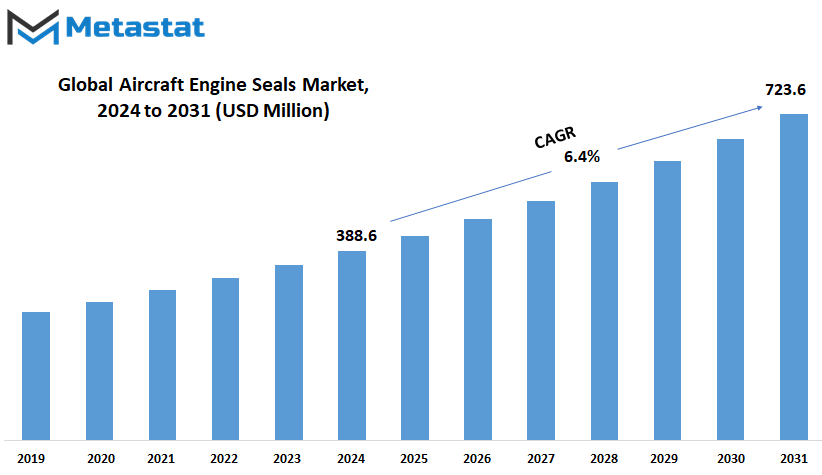
GROWTH FACTORS
The future is going to be marked with technological advancement and the never-enveloping need of industry, which will bring a sea of change in the aircraft engine seals market. Going forward, the market will be enabled by a few key drivers. Innovations in materials and manufacturing techniques will come into play. Advances in materials and processes will definitely help aircraft engine seal performance and dependability, both being crucial for ensuring efficiency and safety in the operation of the engines.
This market also catches its impetus from the ever-booming aerospace industry. While there is an increase in the number of commercial and military aircraft, so is the demand for high-performance aircraft engine seals. Such seals are crucial in avoiding leakages and harsh operating conditions against engine components. The demand is going to be equally stimulated by the need to have higher fuel efficiency and eco-friendly aircraft through advanced sealing technology and appropriate performance standards and regulatory requirements.
However, the market in the coming years may face certain challenges. The cost of developing and manufacturing such sophisticated sealing materials is extremely high and can be used as a key restraint. This involves the cost of research and development and the cost of deploying new technologies at the manufacturing level. Additionally, the prices of raw materials used for producing seals fluctuate, which can hamper the growth of the market as a whole.
However, the future looks very promising for business in this industry. The growing focus on aircraft maintenance and repair businesses presents a great opportunity for the market to attain significant growth. The engine component operators and maintenance providers, in this regard, work toward making the elements more durable and reliable; this increases the demand for high-performance seals. Furthermore, additive manufacturing and smart materials will rapidly alter the dynamics of this market. These new technologies should yield seals that are stronger, lighter, and more functional.
The global aircraft engine seals market is at the edge of transformation. Of course, challenges exist to be crossed; with continuous technological advancement and growing aerospace, it will keep up the momentum. The demand for sophisticated and reliable engine seals will increase in an evolving industry, hence opening exciting opportunities for growth and innovation over the years to come.
MARKET SEGMENTATION
By Product Type
Looking ahead to the future of the global aircraft engine seals market, it's bound to show great changes based on improvements in technology and changing requirements of industries. This makes the aircraft engine seal market-one very vital component used for preventing leaks and hazards for protection of engine performance-therefore calling for more improvement in the forthcoming years.
In fact, the major segments within the global aircraft engine seals market are polymer seals, metal seals, and composite seals. Each of these segments is expected to perform a different role in the future of the market.
Polymer seals are manufactured using a number of different types of synthetic materials, a factor that makes them quite elastic, resilient, and cheap. They are especially fit for applications involving resistance to very aggressive media, both chemical and temperature-wise. New polymer materials currently under development will possess improved properties, further extending their application in space. The driving force behind this process will be the demand for more effective and durable parts capable of withstanding the most unfavorable conditions of modern aircraft engines.
Metal seals will also continue to progress as they are robust and dependable. These seals are imperative on applications that need high pressure since their strength is required. Advances in the metal alloys used, added to improved manufacturing techniques, have provided a better seal that is more acceptably suitable for modern and new-generation aircraft engines. The demand for metal seals will be needed as the aerospace industries further improve engine design and efficiency.
The increasing share of the market can be attributed to composite seals, which are made by combining materials to leverage each of their strengths. Such seals offer the best balance between strength and flexibility. Future developments in composite materials will yield even better efficiency and sustainability of the seals. Growing impetus on weight reduction in aircraft and improving fuel efficiency will see increasing adoption of composite seals. The performances of all these seals will be further refined as the research progresses with time, meeting the evolving needs of the aerospace industries.
With the growth in the sophistication of aircraft engines, the need for high-performance aircraft engine seals also advances. Innovation in polymer metal and composite seal types will play a crucial role in meeting these demands. In this vein, the future of the global aircraft engine seals market will be shaped by oncoming efforts toward quality and functionality for these underappreciated parts so that they would be able to stand up to the unforgiving constant standards that modern aviation exacts.
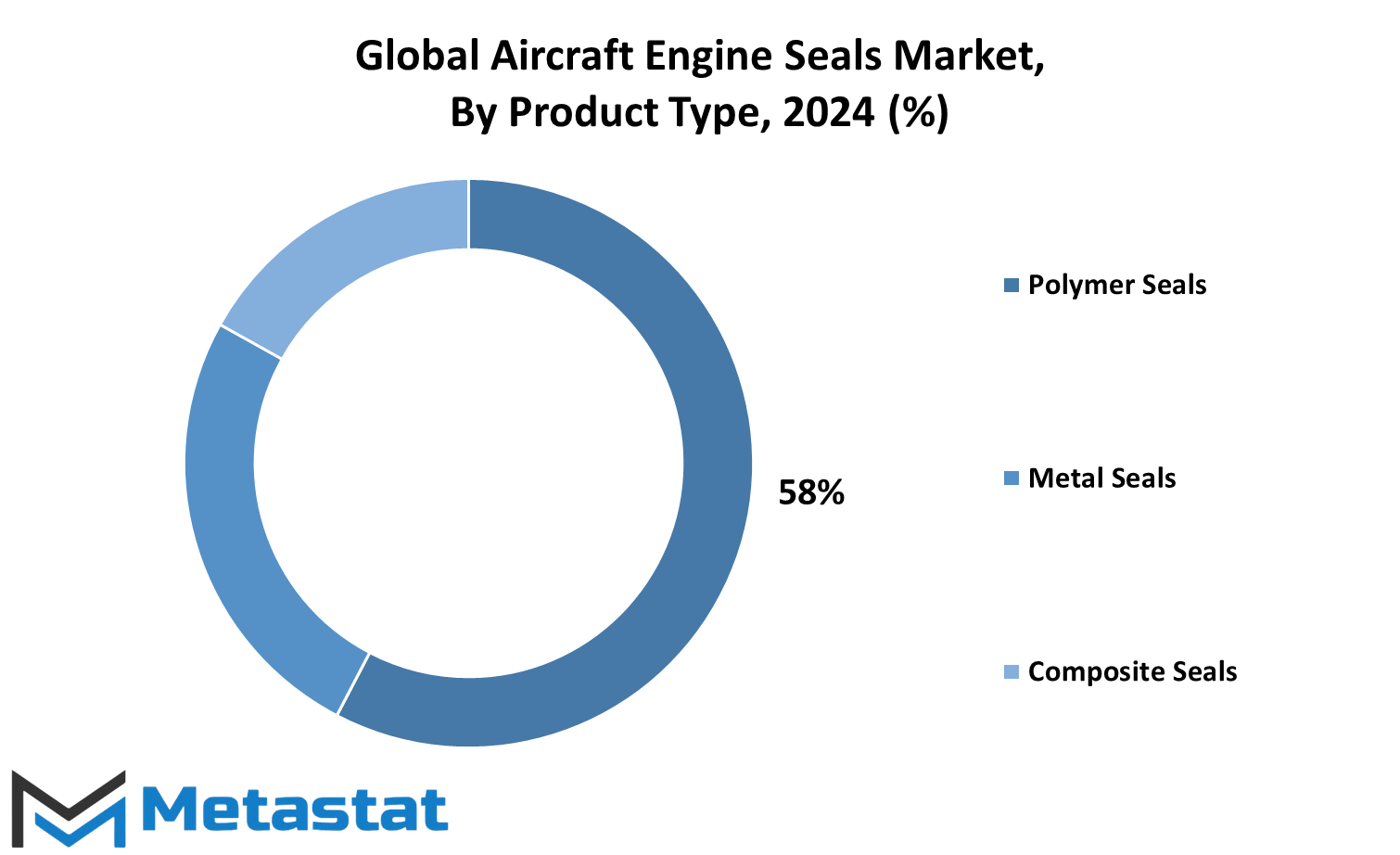
By Application
Global Aircraft Engine Seals are likely to see a remarkable growth pattern in the future, owing to the fact that their applications will be prevalent in both civil and military aviation sectors. This can be attributed to technological development and increasing demands for efficiency and reliability in aircraft engines.
In the field of civil aviation, much emphasis has been laid on making commercial aircraft more efficient and safer. Seals are among the most important components of aircraft engines that can prevent leakage, maintain pressure, and protect the integrity of the engines. Commercial airlines continue to strive to attain fuel economy with reduced maintenance costs. This means there will be a greater need for high-quality aircraft seals able to function under extreme conditions. The innovation in seal material and design is likely to contribute considerably towards such demand. For example, there is a need for advanced strength and temperature-resistant materials in modern engines as they bear increased loads continuously. Such a trend will drive the growth of not only the aircraft engine seal market but also the innovation within related complementary technologies.
On the other hand, applications in military service entail conditions that are far more extreme for the seal to endure. Military aircraft are forced to fly under worse conditions compared to commercial ones, and their engines are expected to work properly in extremely cold or hot temperatures, among other conditions. This calls for better seal development capable of offering more protection and durability. The focus for this segment will be on the production of seals that can achieve higher outputs in terms of resistance to temperature, pressure containment, and longevity. As military aviation technology progresses and develops, so do the demands on engine seals, giving a push to that with which these parts will be capable.
The seals integrated into the Global Aircraft Engine Seals market will continue to be given more smart technologies in the future. Integration of sensors and monitoring systems with the seal can provide real data about the performance of the seal, which would enable proactive maintenance for better safety. These kinds of innovations may revolutionize how aircraft engines are maintained and run, therefore making markets active and responsive to emerging needs.
Both civil and military aviation sectors are going to encourage the growth of the Global Aircraft Engine Seals market. With advancements in aviation technology, especially, the need for sophisticated, dependable, and high-performance aircraft engine seals will keep growing. The future of this market will be marked by developments in materials and design, infotainment linked with smart technologies, shaping it to meet the future requirements of the aviation sector.
|
Report Coverage |
Details |
|
Forecast Period |
2024-2031 |
|
Market Size in 2024 |
$388.6 million |
|
Market Size by 2031 |
$723.6 Million |
|
Growth Rate from 2024 to 2031 |
9.3% |
|
Base Year |
2022 |
|
Regions Covered |
North America, Europe, Asia-Pacific Green, South America, Middle East & Africa |
REGIONAL ANALYSIS
Regional factors of governance in the global landscape of Aircraft Engine Seals are very different in each separate part of the world. One of the decisive factors influencing the dynamics of the market in the forthcoming years will be regional specificity and advancement.
North America will continue to have an upper hand in the market owing to a well-established aerospace industry and heavy investment in R&D. The North American region includes the U.S., Canada, and Mexico. The United States continues to be one of the largest aircraft manufacturing and technological hubs in the world, which sustains the need for high-performance seals in extreme conditions. The aerospace sector in Canada is smaller, yet equally focused on advanced technologies and environmental sustainability. Mexico, while developing an expanding base in aerospace manufacturing, will increasingly contribute to market growth due to the extent of cost efficiencies availed combined with regional production capabilities.
Europe represents the combination of markets such as the UK, Germany, France, and Italy. The region has been a mixed bag for the Aircraft Engine Seals market. Constant demand will be created in the region due to the pull factor created by both well-established aerospace companies and emerging players in next-generation aircraft technologies. Strong aerospace industries in the UK and Germany will lead the way with huge investments in research and development. The same importance will also be attached to France and Italy, especially in the areas of aircraft design and manufacturing. Rest of Europe: Smaller yet highly influential Aerospace segments drive regional growth.
In the Asia-Pacific region, comprising countries such as India, China, Japan, South Korea, and many others, the market will see healthy growth due to rapid industrialization and increased air travel. Driving factors will be China and India, which have growing aerospace industries and big aircraft fleets. Japan and South Korea also have advanced technological capabilities and have invested considerably in aerospace research, thus helping the market grow. The rest of Asia-Pacific will see growth to varying degrees based on the pace at which their industrial development takes place coupled with the demand for aircraft.
Gradual market development will take place in South America, including countries like Brazil and Argentina. Brazil, boasting the largest economy in the region with an ever-growing industry related to aerospace and a hefty concentration on regional aircraft, would spearhead the market growth. Argentina and the rest of the countries would attribute to market development and growth by first developing their aerospace industries and increasing their priority toward modernization and efficiency.
The growth of the market in the Middle East and Africa, including GCC countries, Egypt, South Africa, and the rest of the region, will be contributed to by both the growth of emerging and established aerospace industries. Being one of the most infrastructurally and aviationally invested regions, GCC countries will lead in demanding advanced aircraft engine seals. Egypt and South Africa will also focus on their contributions with attention to the growth of their aerospace capabilities and modernization requirements of their fleet. The rest of the Middle East and Africa will grow variably, where regional economic conditions and investments in aerospace technologies are the determining factors. The regional development and demands will shape the entire plane of global Aircraft Engine Seals uniquely by the contribution of each area.
COMPETITIVE PLAYERS
Established giants will characterize future competition in the aircraft engine seals market alongside innovative newcomers. Since the major players such as Hutchinson, Trelleborg Group, and Meggitt PLC are major competitors, they are likely to retain market dominance because of the many years of experience and large resources at their disposal. Hutchinson has been considered a great firm offering state-of-the-art technologies in sealing; therefore, it is likely to continue to lead and offer effective and reliable solutions to most aircraft engines. With such a wide variety of product offerings in seals, the Trelleborg Group will consequently most probably be in the frontline for further investment in new material and technology integrations that advance its performance and durable lifecycle.
In line with such a trend, Meggitt PLC is likely to use its core competencies in high-performance materials for producing seals that will meet the extreme demands from newer and more advanced aircraft engines. Likewise, SKF Group is known for excellence in precision engineering and will probably produce seals exhibiting superior reliability and longevity. DowDuPont will likely continue to introduce the latest advancements in seal performance, befitting their reputation for advanced material science, and in the future enable some of the more complex challenges of aerospace engineering.
With its wide range of products, Regal Rexnord Corporation would be expected to continue playing a major role by offering sealing solutions for purposes tailored to needs that will change in aviation. Also, the Freudenberg Group is recognized for heavy spending in research and development; it could come up with new seal technologies that raise efficiency and make engines a lot safer.
EKK Eagle Industry Co., Ltd., well-renowned in the Japanese market, is bound to forge ahead in offering seals to international standard-grade, while applying verses to regional needs. Integrated Polymer Solutions, or commonly known as Rubbercraft, is likely to contribute toward advances in seal technology through custom products designed to address specific engineering challenges.
Nevertheless, PSI was still expected to play a major role in the provision of quality seals that would meet the high demands of the aerospace industry. In an effort toward maintaining competitiveness, PSI is likely to invest in research and development activities as the global aircraft engine seals market continues its changes.
These key players are going to compete in shaping the future of the global aircraft engine seals market by emulating innovation and adapting to changes within the aviation industry. One would go so far as to say that these ongoing material and technological advances in design will probably power further development of more efficient, reliable, high-performance sealants, enabling the key players to maintain competitiveness within a dynamic and challenging marketplace.
Aircraft Engine Seals Market Key Segments:
By Product Type
- Polymer Seals
- Metal Seals
- Composite Seals
By Application
- Civil
- Military
Key Global Aircraft Engine Seals Industry Players
- Hutchinson
- Trelleborg Group
- Meggitt PLC
- SKF Group
- DowDuPont
- Regal Rexnord Corporation
- Freudenberg Group
- EKK Eagle Industry Co., Ltd.
- Integrated Polymer Solutions (Rubbercraft)
- Performance Sealing Inc. (PSI)
WHAT REPORT PROVIDES
- Full in-depth analysis of the parent Industry
- Important changes in market and its dynamics
- Segmentation details of the market
- Former, on-going, and projected market analysis in terms of volume and value
- Assessment of niche industry developments
- Market share analysis
- Key strategies of major players
- Emerging segments and regional growth potential



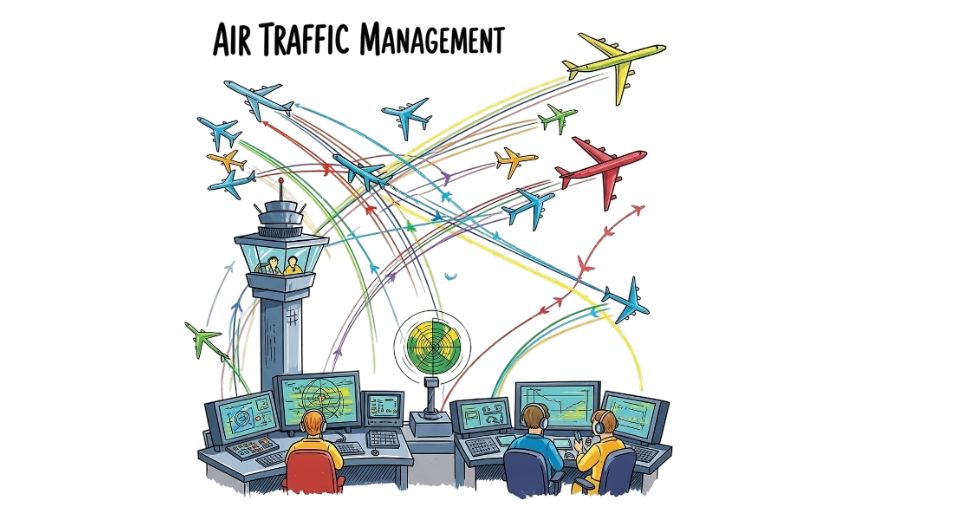

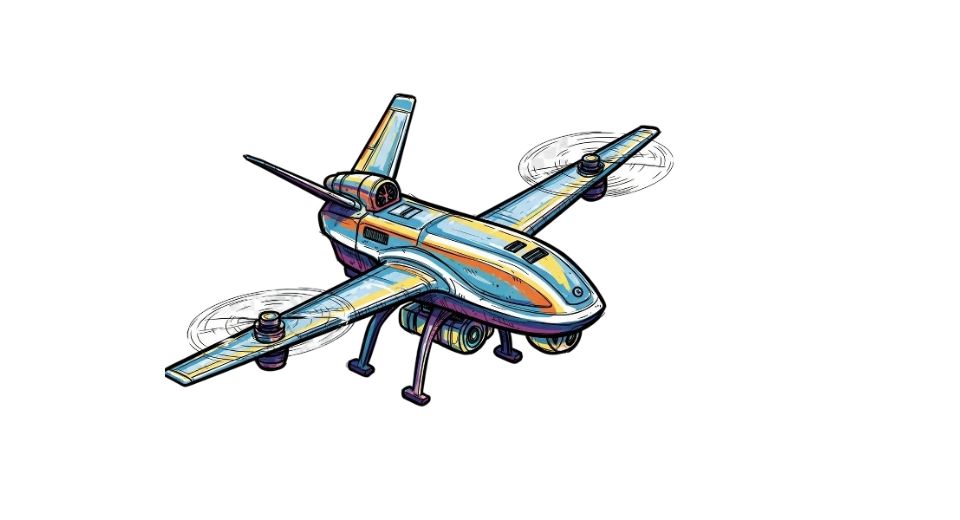
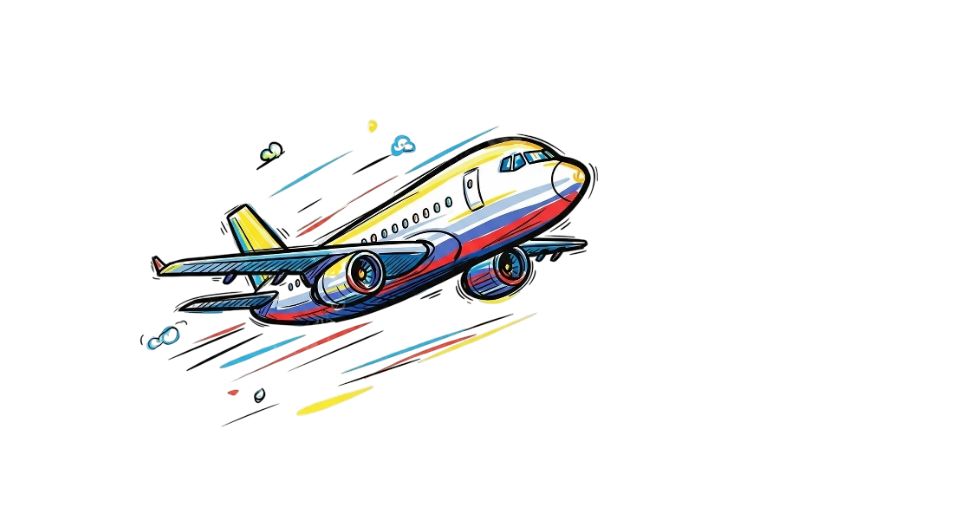
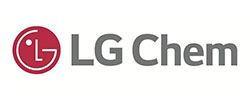

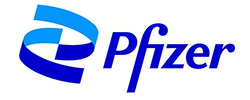




 US: +1 3023308252
US: +1 3023308252






